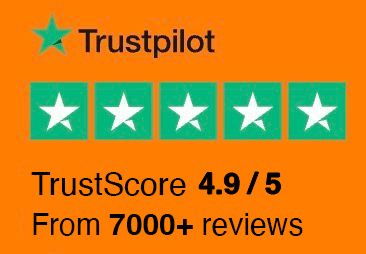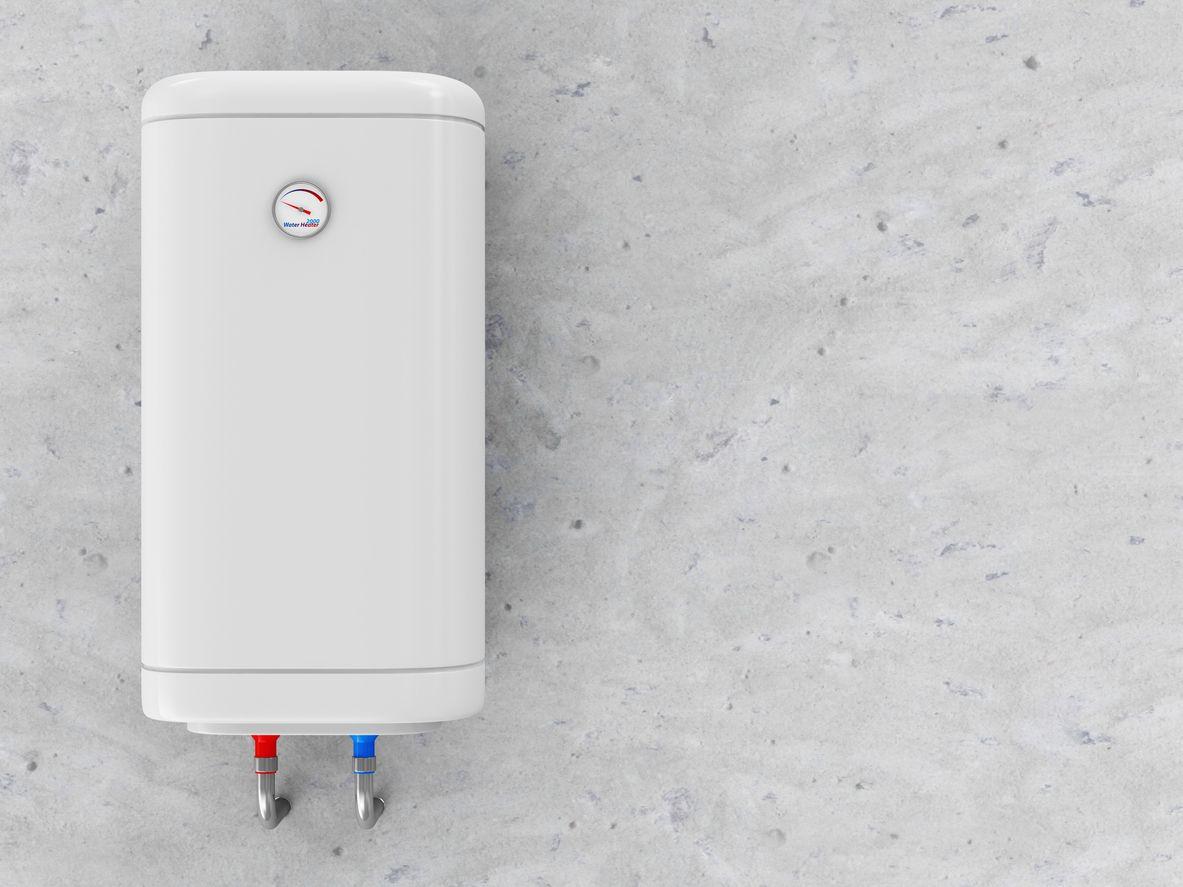Hot Water Systems for High-Demand Sites: Sizing, Pressure, and Flow Explained
When it comes to large facilities—think gyms, restaurants, aged care, multi-unit developments—standard household plumbing just doesn’t cut it. These sites need hot water systems that can deliver consistent temperature, adequate flow, and reliable pressure, all day long. Get one piece wrong, and you're facing complaints, safety issues, and equipment wear far sooner than you'd like.
Let’s break down the key considerations when specifying or upgrading a commercial hot water setup: sizing, pressure, and flow.
Understanding Site Demand
Before diving into product specs, you need to know the site's usage profile. How many outlets are drawing hot water at once? Are the demands staggered, or do you have peak periods? A fitness centre might see back-to-back showers during evening rush hours, while a cafe has constant handwashing and dishwashing needs from morning to close.
This isn’t guesswork. Flow rates can be calculated based on the number and type of fixtures, using known averages for appliances and taps. Once you have an estimated total flow rate during peak demand, you can use that to size your system correctly.
Getting the Sizing Right
Sizing doesn’t just mean tank capacity. It also refers to recovery rate—how quickly the system can reheat water after it’s used—and the system's ability to maintain temperature under load.
For electric systems, undersizing is one of the most common causes of failure and downtime. It’s tempting to go with a smaller tank or heater to cut upfront costs, but that usually means lower efficiency, slower recovery, and a greater risk of running out of hot water mid-shift.
Gas and continuous flow systems have higher recovery rates and are often better suited for high-demand sites. In some cases, multiple smaller units installed in parallel—known as a manifold system—can give you the redundancy and scalability you need.
The Pressure Factor
Pressure is often overlooked until it’s a problem. High-demand sites typically have complex pipe networks with multiple branches and fixtures. If pressure isn’t balanced across the system, you can end up with temperature fluctuations, particularly when multiple outlets are in use.
This is where pressure-reducing valves (PRVs) and tempering valves come into play. These don’t just protect the system from damage due to excess pressure—they also keep the user experience safe and consistent. A well-designed system will maintain optimal operating pressure while accommodating varying flow demands across different zones.
Flow Rate Matters
Flow rate is about more than just how fast water comes out of the tap. It’s tied to both performance and compliance. Systems that can’t deliver adequate flow at the right temperature may fall short of commercial standards or health regulations.
Most commercial hot water systems list their flow rate at a specific temperature rise. If your site has a cold incoming water temperature or requires very hot water, the system’s actual performance may differ. Make sure to check the specs and account for worst-case scenarios, not just best-case averages.
Key Considerations for Installers and Specifiers
Here are some practical tips when choosing hot water systems for large or complex sites:
● Account for future demand. Will the site expand? Will hours or occupancy increase? Slightly oversizing now can save major headaches later.
● Build in redundancy. A single point of failure is risky in high-demand applications. Consider using multiple units or backup systems.
● Prioritise easy maintenance. Accessibility for servicing and the availability of parts can affect system uptime.
● Verify compatibility. Pressure ratings, pipe sizes, and venting requirements need to be aligned with the rest of the plumbing infrastructure.
Stay Ahead of Demand with Better Hot Water Systems from PlumbingSales.com.au
Getting the hot water system right is more than just matching litres to bodies. It’s about aligning performance with real-world usage, making sure pressure and flow work in harmony, and planning for the future as much as the present. In a commercial setting, those details make the difference between smooth operations and ongoing issues.
For facility managers, builders, and plumbing pros, investing the time to assess site-specific requirements is essential. A properly sized, well-installed system doesn’t just meet demand—it quietly does its job, every day, without a fuss.
At PlumbingSales.com.au, we support tradies, facility managers, and commercial property owners with the essential components that keep high-demand hot water systems running smoothly. From pressure valves and tempering kits to commercial-grade fittings and replacement parts, we’ve got what you need beyond installation day.
Don’t let undersized systems or poor pressure planning lead to costly downtime. Browse our full range at PlumbingSales.com.au and get the right support to keep your hot water system efficient, reliable, and built for demand.


